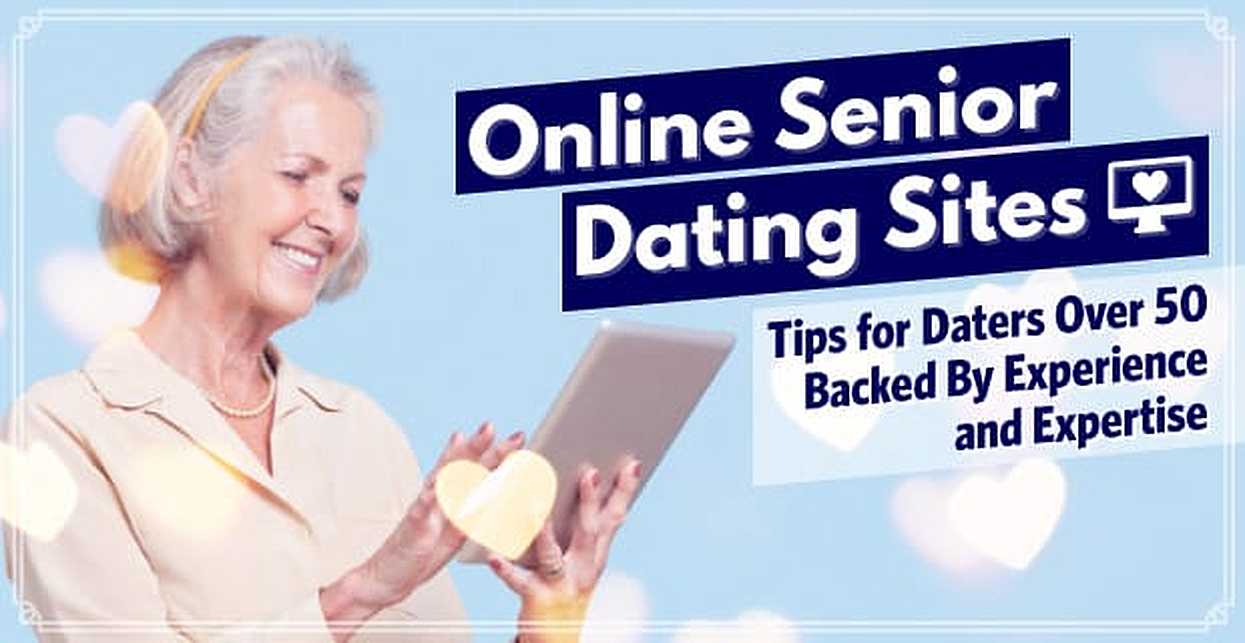
They offer perks like read receipts, the ability to see who’s already swiped right, and a temporary “boost” that automatically puts you at the top of the pile for a certain amount of time.

The internet wrought popular paid services like in 1995, JDate in 1997, and eHarmony in 2000, but it wasn’t until Tinder invented the addictive “swipe” in 2013 that online dating became a true free-for-all.īut a free-for-all doesn’t pay, which is why if you’ve ever spent time on Bumble, OkCupid, Coffee Meets Bagel, or any of the other zillion apps promising to make us feel a little less lonely, you’ve likely seen ads for a mysterious paid version of the very same service. You essentially had two options: Meet a fellow human being in your respective flesh sacks, or pay somebody (or a newspaper) to set you up with one. At what point in the completely nightmarish process of online dating does one decide that it’s worth spending money on making that experience slightly less terrible? After the first truly bad date? After the 70th?Ī generation ago, things were simpler.